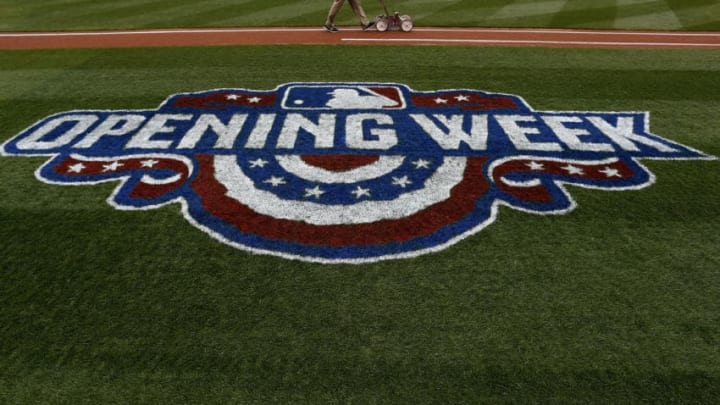
Enny Romero
Like Solis, Enny Romero is a valuable lefty in the Nats’ bullpen. The Nats traded for the 27-year-old shortly before spring training last year, and the move paid huge dividends. The Nats acquired Romero for next to nothing, due to his previous control issues, but he finally managed to harness his control with the Nats.
Romero enjoyed a tremendous season in DC, pitching to a 3.56 ERA in 53 games. The 6’3 lefty uses his size and triple digit fastball to create a menacing presence on the mound. He may not always know exactly where his fastball will wind up, but that only contributes to his menacing presence.
Unfortunately, forearm tightness forced Romero to miss about a month towards the end of the season. Although he returned in time for the postseason, he did not have much time to get back into the swing of things before October. Because of this, he was never used in the NLDS.
Now, Romero will look to build upon his terrific 2017 season. If he is able to continue to harness his control while blowing hitters away with his blazing fastball, he has the potential to be a dominant reliever.
He has the makeup of a closer, so having him set things up for the “law firm” will effectively shorten games. If he is able to continue to tap into his potential, he can be an invaluable member of the bullpen.
Romero had a great debut season in DC in 2017, and you can expect more of the same from him moving forward.
